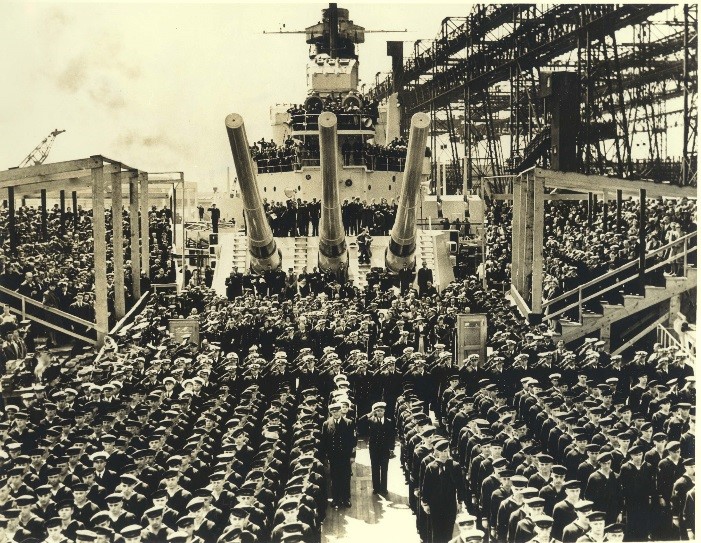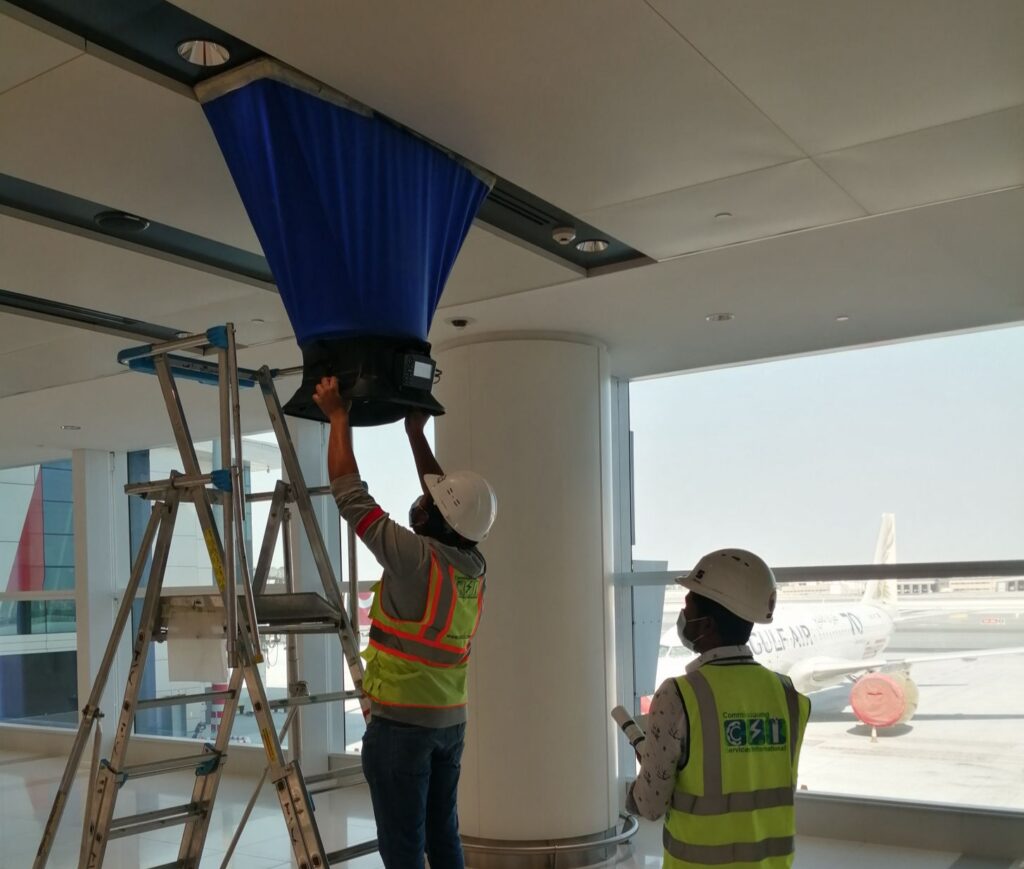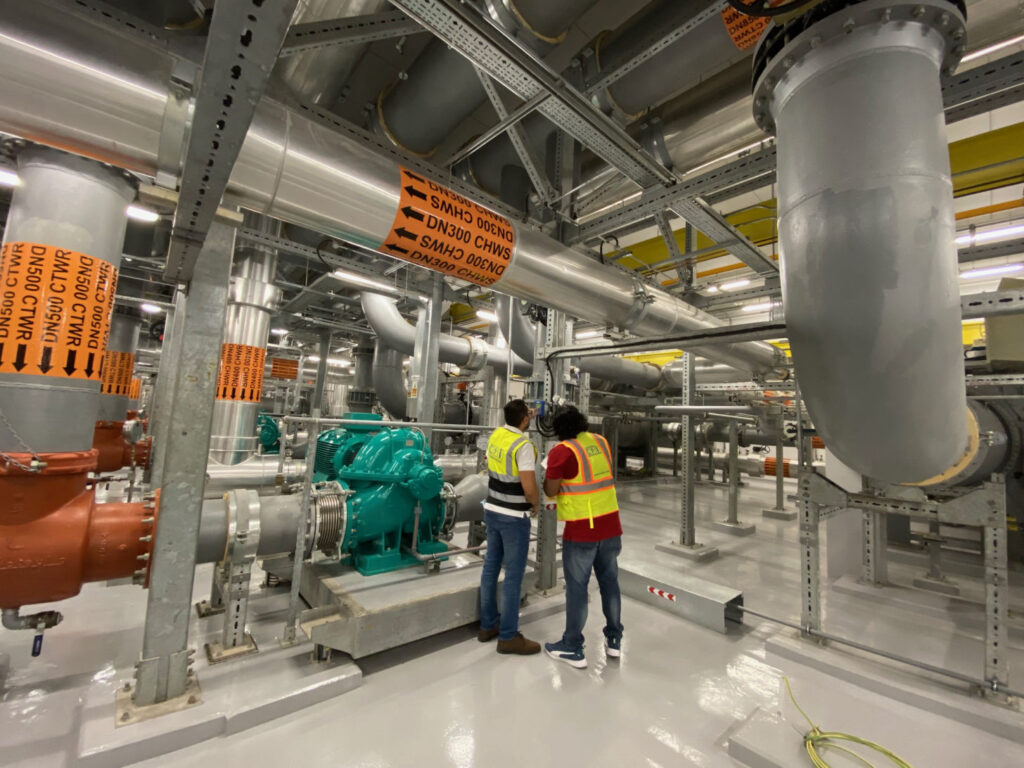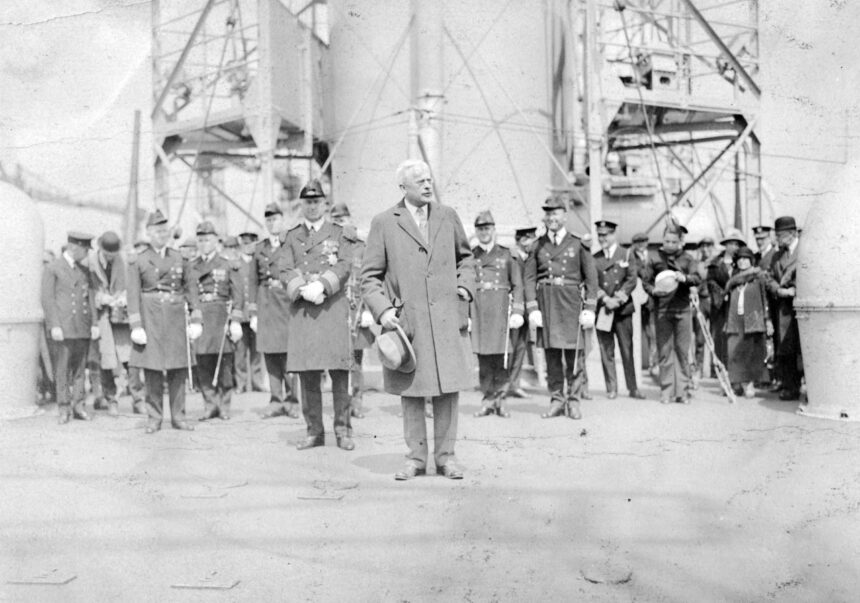History of Testing Commissioning
Everyone in the business must have wondered about what is testing commissioning is and what is not? Despite its 30-year history in the United States, and hundreds of millions of square feet of floor area tested commissioned, most mainstream industry professionals would be hard-pressed to define building commissioning. A vanishingly small fraction of building owners/managers know what it is. Even efforts to explain it can leave many a listener mystified.

At the highest level, building commissioning brings a holistic perspective to design, construction, and operation that integrates and enhances traditionally separate functions. It does so through a meticulous “forensic” review of a building’s disposition to identify suboptimal situations or malfunctions and the associated opportunities for energy savings.
The California Commissioning Collaborative has laid out plain-English definitions of the various forms of commissioning,

The term commissioning comes from shipbuilding. A commissioned ship is one deemed ready for service. Before being awarded this title, however, a ship must pass several milestones. Equipment is installed and tested, problems are identified and corrected, and the prospective crew is extensively trained. A commissioned ship is one whose materials, systems, and staff have successfully completed a thorough quality assurance process.
Some Testing Commissioning Works
Building Commissioning
Building commissioning takes the same approach to new buildings. When a building is initially commissioned it undergoes an intensive quality assurance process that begins during design and continues through construction, occupancy, and operations. Commissioning ensures that the new building operates initially as the owner intended and that building staff are prepared to operate and maintain its systems and equipment.
Retro Commissioning
Retro commissioning is the application of the commissioning process to existing buildings. Retrocommissioning is a process that seeks to improve how building equipment and systems function together. Depending on the age of the building, retrocommissioning can often resolve problems that occurred during design or construction, or address problems that have developed throughout the building’s life. In all, retro commissioning improves a building’s operations and maintenance (O&M) procedures to enhance overall building performance.
Recommissioning
Recommissioning is another type of commissioning that occurs when a building that has already been commissioned undergoes another testing commissioning process. The decision to recommission may be triggered by a change in building use or ownership, the onset of operational problems, or some other need. Ideally, a plan for recommissioning is established as part of a new building’s original commissioning process or an existing building’s retro commissioning process.
Nature and Unique Challenges of Building Commissioning
As can be surmised from these definitions, commissioning is necessarily a team effort, and usually led by a specialist but including the traditional trades such as designers, engineers, contractors, onsite operations and maintenance staff, and, hopefully, building owners.

Unlike an efficient light bulb, commissioning is not a “commodity” product (or process). Each building is unique and presents unique problems for unique owners. Aspiration and budget can also vary; commissioning is performed at widely varying levels of effort and applied buildings as a whole (preferred) or to a specific sub-system or energy end-use.
Testing & commissioning thus differs fundamentally from constructing or retrofitting facilities with better energy-using equipment. Commissioning complements these relatively familiar practices by ensuring and maintaining building energy performance (and other benefits, such as indoor environmental qulaity). On the same token, it can simply focus on saving energy by improving conventional building systems irrespective of whether or not the building is equipped to be particularly energy efficient.
Commissioning improves on design and execution in new construction, or “tunes” the existing system. The costs of commissioning are thus largely time and labor, as opposed to materials or capital equipment. Persistence of the corrections (and associated energy savings) tends to be a concern, as many commissioning measures are operational and thus easily reversed if not monitored.
While the focus includes individual pieces of energy-using equipment, it is also a decidedly wholistic approach emphasizing the connections between components into systems. Thus, “softer” elements are addressed, such as control logic or even the effectiveness of computer user interfaces or other communication systems used to visualize the building’s disposition and energy use trends and make design and design intent unambiguous (Pollard 2009). Commissioning also differs from other energy- savings strategies in that it does not accept what is in a building (or design) as optimal (or even necessary), but, rather, asks fundamental questions such as “is that pump needed?” as opposed to “can we make that pump more efficient?”

While commissioning is not a panacea for the world’s energy and climate problems, it is an element of a best-practices approach to achieving quality and high performance, while managing information and energy use throughout a building’s lifecycle.

Summary
Commissioning can be defined as:
A technical systematic process of verifying and testing building systems to ensure that building system work correctly and can be operated effectively.
Why is testing commissioning required?
- Low quality construction
- Complex systems
- Integrated complex systems
- Effective operation of building systems
Focus of commissioning process 1- Commissionability
- Best Practices
- Functionality
- Maintainability
What is a commissioner/commissioning professional?
- A facilitator
- A technical resource
- An owner advocates
- A project documentarian
Commissioning in NOT
- Is Not design peer review
- Is Not contractor’s quality assurance program
- Is Not just a paperwork process
- Is Not TAB
- Is Not just system troubleshooting
- Is Not just an inspection process



Leave a Reply